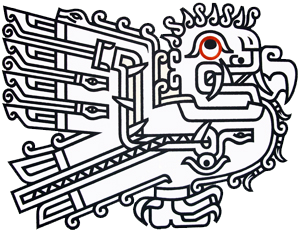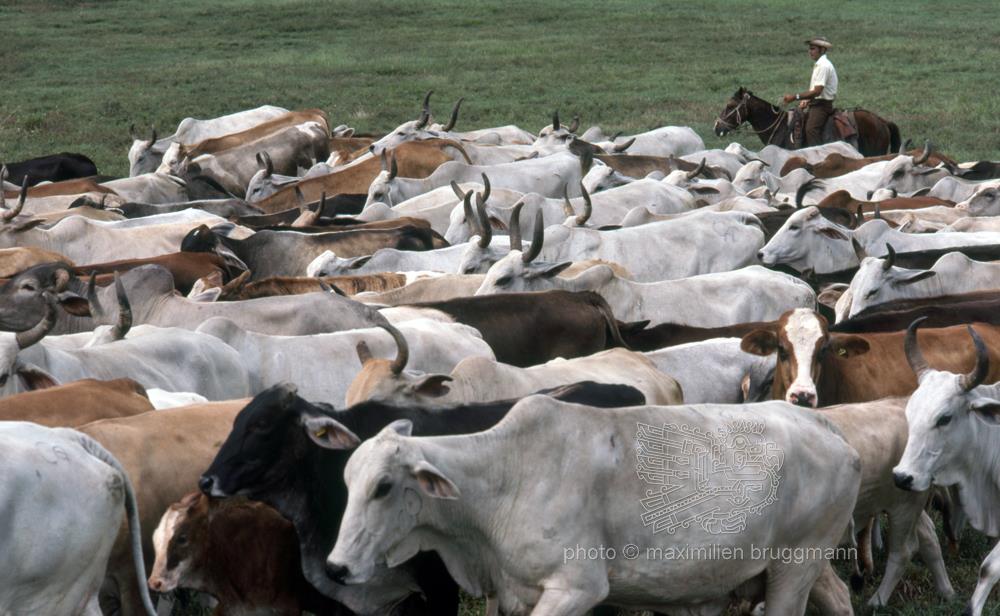Description
Breeding of cows imported from Brazil (Brahman hybriden) in the hacienda La Pacífica, Guanacaste province, Costa Rica. Large domesticated animals first appeared in Central America at the time of the conquest, in the 16th century. Generally speaking, it can be said that these animals acclimatised well to geographical and climatic conditions that were very different from those they had experienced in Europe. It is true that on the high plateaus of the mountainous region livestock farming is fraught with difficulties, already because of the altitude of the terrain and the poor quality of the pastures. The cows, which are expensive, are usually owned by half-breeds or whites. The Indians' cows were thin and stunted, and the little milk they produced was very poor. Considered a luxury food, it is sold. The crossbreeding of cows and zebus, experimented with in recent times, has given excellent results, especially for animals raised in the lower areas of the continent. - 1977
Description
Breeding of cows imported from Brazil (Brahman hybriden) in the hacienda La Pacífica, Guanacaste province, Costa Rica. Large domesticated animals first appeared in Central America at the time of the conquest, in the 16th century. Generally speaking, it can be said that these animals acclimatised well to geographical and climatic conditions that were very different from those they had experienced in Europe. It is true that on the high plateaus of the mountainous region livestock farming is fraught with difficulties, already because of the altitude of the terrain and the poor quality of the pastures. The cows, which are expensive, are usually owned by half-breeds or whites. The Indians' cows were thin and stunted, and the little milk they produced was very poor. Considered a luxury food, it is sold. The crossbreeding of cows and zebus, experimented with in recent times, has given excellent results, especially for animals raised in the lower areas of the continent. - 1977





